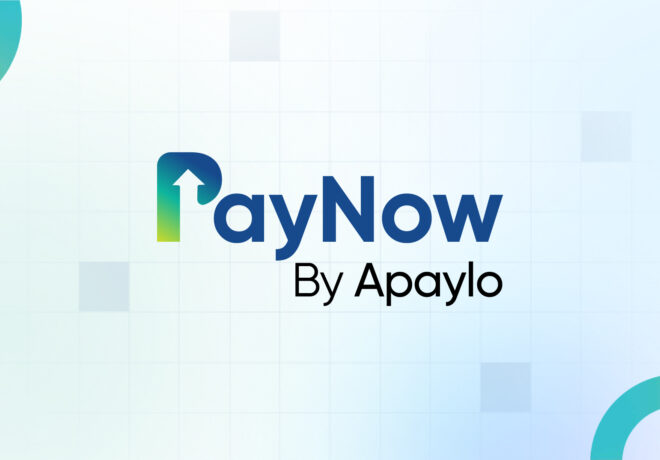Firstly – GICs (Guaranteed Investment Certificates) are a very popular investment product issued by Canadian financial institutions (such as banks and credit unions)- where an investor puts money away for a certain period of time (known as a term), and will receive a specified amount of interest in return for their investment. This is somewhat similar to putting money away in a bank account and having it collect interest- but there are a few differences between a GIC and a regular bank account. GICs typically earn more interest than a standard bank account, and are subject to the terms outlined in the contract you agree to when you purchase them.
GIC terms can range from as short as one month to as long as ten years. The longer the term, the higher the interest rate it pays. Much like bonds, GICs are popular with conservative investors due to the guaranteed fixed returns they offer; plus the fact that your GIC investment is guaranteed by the CDIC (Canada Deposit Insurance Corporation) up to a maximum of $100,000 (if you purchased the GIC through one of the Big Banks). If your GIC is purchased through a credit union, Provincial Deposit Insurance provides coverage up to $250,000.
With some GICs, your savings are locked away for their full term, and cannot be accessed early. These are known as Non-redeemable GICs. On the other hand, Redeemable GICs carry lower interest rates but are liquid investments, meaning you can cash them out any time you need to. RateHub offers an incredibly helpful tool to compare GIC types and interest rates: https://www.ratehub.ca/gics/gic-rates/non-registered/1-year?city=4145
Many investors are not aware that the Canadian Government has created a specialized account where they can place their investments without having to pay any tax on their earnings. This is known as a TFSA (Tax-Free Savings Account), and is a public policy tool developed to encourage Canadians to invest more (and hence, help the economy expand). As of 2020, Canadians are allowed to place investments of up to $6000 per year in their TFSAs. Cumulatively, this can add up to a substantial amount after several years. (https://dividendearner.com/tfsa-contribution-limit/)
Available at all major Canadian banks and financial institutions, any Canadian citizen over the age of 18 can open a TFSA- and virtually any kind of investment can be kept in this account- such as the GICs we just discussed; plus cash, stocks, bonds, ETFs (Exchange Traded Funds), mutual funds, and more.
For example – when an investor sells a stock at $15 per share (which they initially purchased at $10 per share) – they must pay a Capital Gains Tax to the Canada Revenue Agency on their profit of $5/share. (If they sold the stock at a loss- or less than $10/share- they would not owe any Capital Gains Tax.) If, however, the investor places their stocks in a TFSA, they will not owe Capital Gains Tax (or any type of tax) when selling their shares (up to the annual maximum amount). Pretty sweet, eh!?
More information on TFSAs and GICs can be found here: https://www.ratehub.ca/savings-accounts/gic-tfsa-saving-account






